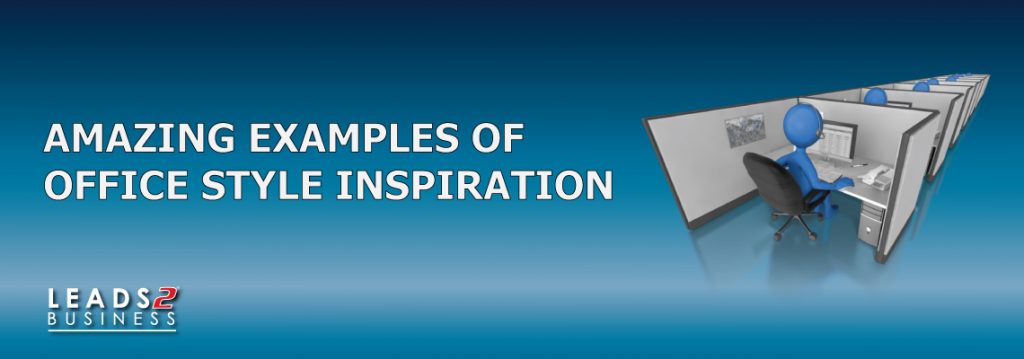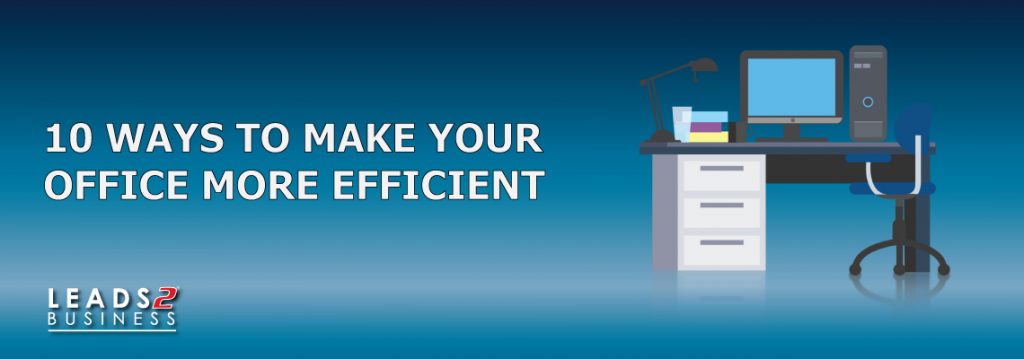
As we spend more hours at the office, than we do at home, we all want to work in a pleasant, friendly and comfortable environment, no-one should feel uneasy in their work environment.
Let’s take a look at a few Etiquette rules to make your work experience more enjoyable:
- Be on time – do your utmost to get to the office on time, if you are going to be late due to car troubles, traffic congestions, etc. be sure to notify your superior.
- If you are sick stay at home – no-one else wants to get your illness, so keep your germs to yourself and stay at home until you are fully recovered. And let’s be honest how productive are you really going be.
- Dress Appropriately – Even if the office has a casual dress code, leave the beach wear and PJ’s for just that! Follow the office guidelines in terms of hemlines and necklines, to avoid embarrassing clothing mishaps.
- Be Respectful of others Space – No-one likes to have people invade their personal bubble, so be mindful of your colleague’s space too! Don’t help yourself to their stationery or refreshments either, always ask first.
- Telephone Etiquette – Don’t speak loudly in an open plan office, especially private calls, no one else needs to or wants to hear your business. Leave the office and take your call outside.
- Mute your cell phone – Ringing cell phones and message alerts are very distracting for those around you, so always be mindful of this.
- Email courtesy – Don’t reply all unless requested to do so, most of us don’t have time or the desire to read through these mails! Secondly, always watch your tone in your emails, as it is often hard to read, be aware of how you are saying it, to avoid upsetting the recipient.
- Watch your social Media posts – know that nothing is private nowadays! If you are going to rant about your boss or colleagues don’t use this platform and secondly if you don’t want everyone to know your private business don’t splash it all over social media.
- Watch your body language – we all have bad days, so if you are feeling frustrated or angry be aware of what your body language is telling your colleagues, if you are not in a good space take a walk.
- Cleanliness – Keep your workspace clean, and always clean up after yourself in the kitchen. No one else wants to be cleaning up your mess. It is just common courtesy.
- Be aware of strong smells – Avoid wearing strong perfumes as not all of us are partial to it and it can often trigger allergies for some. Lunch boxes too, can stink out an office be aware of what you are heating up as cauliflower, brussel sprouts and eggs can be quite pungent.
- Table Manners – although you may not be at your grandmother’s dining room table, it is still not appropriate to eat badly at your workplace. No-one likes to hear loud crunching or be exposed to talking with food in your mouth, slurping or “chops slapping”.
- Mind your manners – just because you are not at home, does not mean you lose your manners. Please and thank you go a long way regardless of where you are.
- Be Considerate – in all that you do in the office, treat others with respect and they will offer you the same respect. If you feel someone has stepped over the boundary, take them one side and gently inform them of this. Sort it out promptly to avoid issues later on.
- Practice Tolerance – in a workplace environment, there are people from all walks of life with their own traditions and cultures, personalities and different styles. Be mindful of this and tolerate the differences.
- Last but not least – Don’t gossip – you do not like to be the talk of the town and neither do your colleagues. If you can’t say it to them then rather don’t say it.
I hope the above factors will come in handy in making your work day experience a happy and productive one!
Sources:
Entrepreneur
If you are interested in becoming one of our subscribers, please visit Leads 2 Business.
To view notes with screenshots on how to use our website, please visit Leads 2 Business Wiki.
To view more Events, please visit our Leads 2 Business Blog.
About Debora Keet
My journey at Leads 2 Business started in January 2006 as a Private Projects Researcher, Since October 2008, I have been in the Administration and Human Resources department.






















